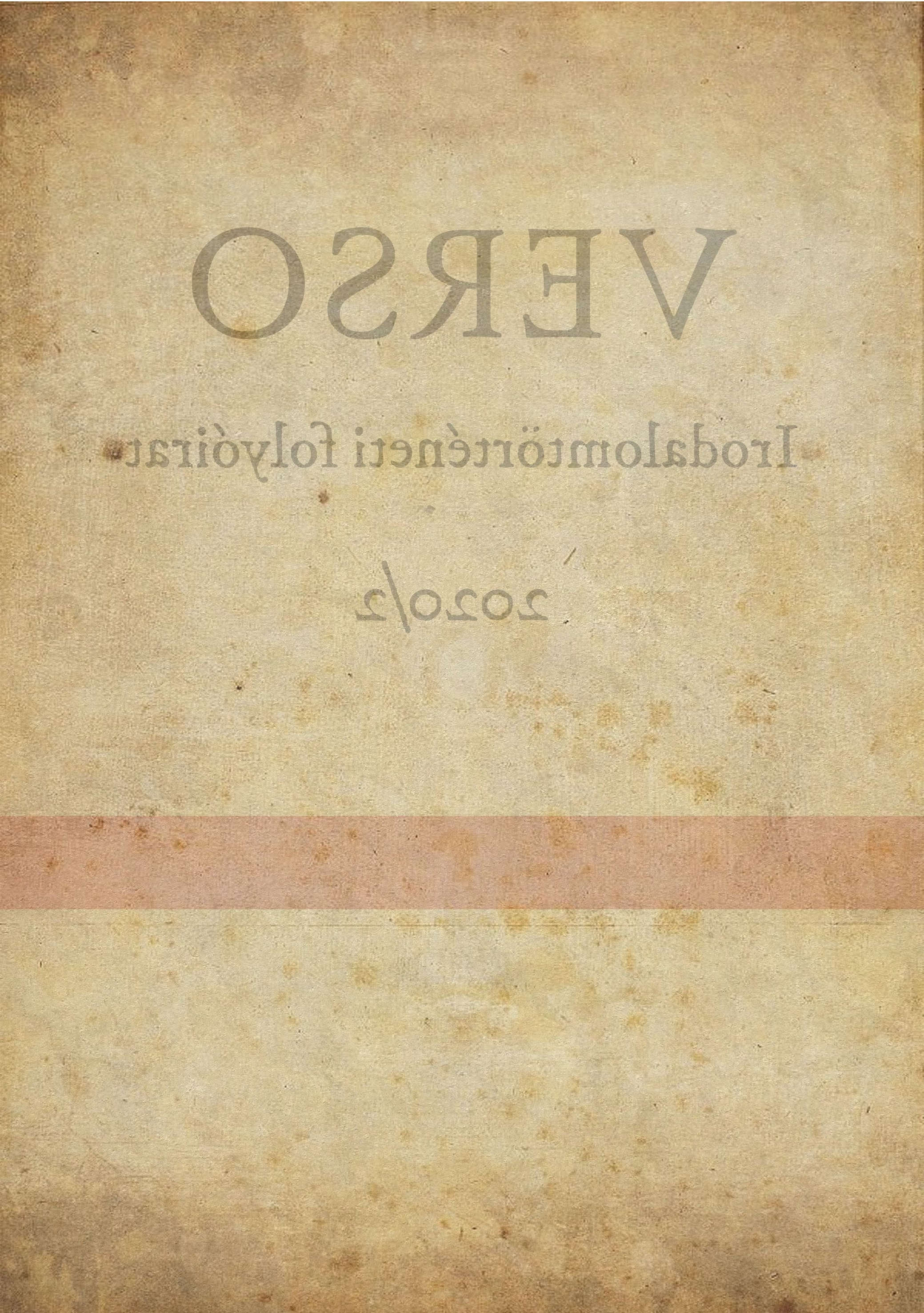Parent-child similarity in literature before the age of genetics
Physiognomic interpretation of the novels of Zsigmond Kemény and Miklós Jósika
DOI:
https://doi.org/10.15170/VERSO.3.2020.2.79-91Abstract
Besides Jókai, Zsigmond Kemény and Miklós Jósika are inevitably the most significant writers of nineteenth-century Hungarian literature. At the same time, the interpretation of their novels is embedded in foreign historical contexts that are often inaccessible to the present-day reader. This study examines the physiognomic meanings of parent-child similarity in nineteenth-century novels, and thus situates the discussed novels in their context of European literary and intellectual history. Such an interpretation of the novels reveals the diverse and strong current in the history of European ideas with which the novels in question engage in a lively dialogue.
Downloads
Published
2021-02-15
How to Cite
Kucserka, Z. (2021). Parent-child similarity in literature before the age of genetics: Physiognomic interpretation of the novels of Zsigmond Kemény and Miklós Jósika. Verso – Irodalomtörténeti folyóirat, 3(2), 79–91. https://doi.org/10.15170/VERSO.3.2020.2.79-91
Issue
Section
Tudományos Gyűjtemény

